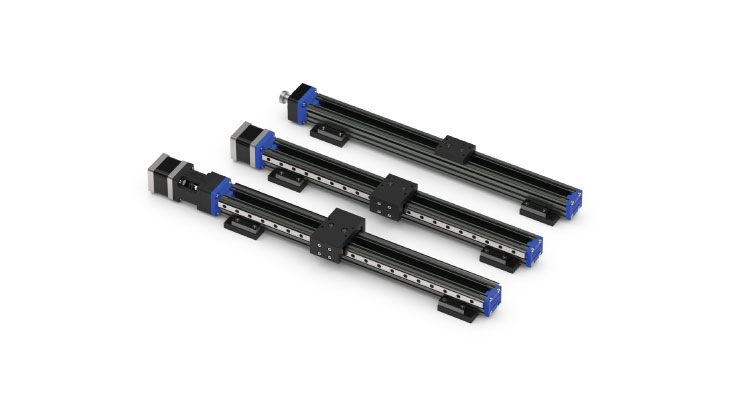How Linear Actuators Automate HVAC Systems

Until recently, heating, ventilation, and air conditioning (HVAC) systems were traditionally designed with overcapacity to accommodate various building demands. However, with the rise of green building standards, optimizing HVAC efficiency to reduce energy consumption has become a primary goal. This shift requires HVAC systems to precisely match a building’s specifications and performance demands through automated control systems.
One effective way to achieve this is by managing and optimizing airflow within HVAC ducts using intelligent valves, dampers, and automated linear actuators driven by lead screws. This article explores how linear actuators help HVAC professionals meet the specific needs of modern, energy-efficient HVAC applications.
Controlling HVAC Ducts with Lead Screws
Consider an example of a duct valve situated 30 feet above the floor in a manufacturing facility. To ensure proper airflow, the baffle within this duct needs periodic adjustments. When selecting a lead screw linear actuator to operate the duct valve, it's essential to understand factors like load, duty cycle, and environmental conditions, including dust or particulates. Typical specifications might include:
- Limit switches required
- Maximum stroke: 18 inches
- Design life: 20 years
- Overhead mounting
- Maximum speed: 32 inches per minute
- Actuation cycle: Twice daily, 365 days per year
- Maximum force: 2,000 pounds for opening and closing under maximum airflow
By understanding these parameters, HVAC engineers can configure a lead screw linear actuator to precisely and reliably adjust duct valves as needed. In this application, the lead screw connects to the damper blade inside the HVAC duct, allowing for controlled opening and closing based on duct pressure or an automated control system.
Replacing or Retrofitting Duct Valves with Intelligent Actuators
Intelligent lead screw linear actuators are also ideal for replacing or retrofitting existing duct valves in older HVAC systems. These actuators offer analog or digital control options, allowing seamless integration with current HVAC setups. Motion control options include:
- Open/Close (On/Off): The actuator drives the lead screw to either fully extend or retract, opening or closing the valve.
- Proportional Controls: The actuator moves the lead screw in response to control input, modulating airflow as needed.
- Pulse Width Modulation (PWM): The lead screw actuator positions based on pulse duration from various control sources.
- Phase Cut: The actuator adjusts the lead screw in proportion to the remaining waveform, providing finer control.
Advantages of HVAC Linear Actuator Systems
Lead screw linear actuators play a crucial role in optimizing HVAC system performance by providing precise and quiet control of dampers and valves. They allow HVAC systems to achieve the desired level of airflow control, reduce energy consumption, and improve overall efficiency in today’s energy-conscious buildings.


